We have been touched by readers’ responses to our books, including our latest title, Shifting the Balance: 6 Ways to Bring the Science of Reading into the Upper Elementary Classroom, which we wrote with Katie Egan Cunningham.
Along with your positive feedback, our excitement, and the general relief of finishing an enormous project comes a complexity that remains both interesting and surprising. After our first book was on the shelves for several months, we began seeing counterfeiters posting fakes for sale on Amazon. And with the new book, counterfeits popped up immediately. In fact, there were two different counterfeiters selling look-alike copies of our new book just last week! Our publisher is quick to work with Amazon to have them taken down, but there are always at least a few purchasers who end up with a fraudulent copy. We really hate to see that happen to our kind readers.
All-in-all, being regularly targeted by counterfeiters means that the books are really reaching an audience. So, in a way, we are fortunate to have this challenge. But we don’t want you to end up with a fake or to have to go through the trouble of returning your book when you could be reading it instead! So, we have some things you can look for–on Amazon and in your copy of either of our books–to make sure your copy is authentic.
We appreciate your help keeping an eye out for counterfeits of either Shifting the Balance book. It is a bit fascinating and becomes a bit like playing whack-a-mole. As soon as one gets taken down, another one pops right up!
As always, we are enormously grateful for the opportunity to support and encourage you as you navigate your journey to even more brain-friendly literacy instruction.
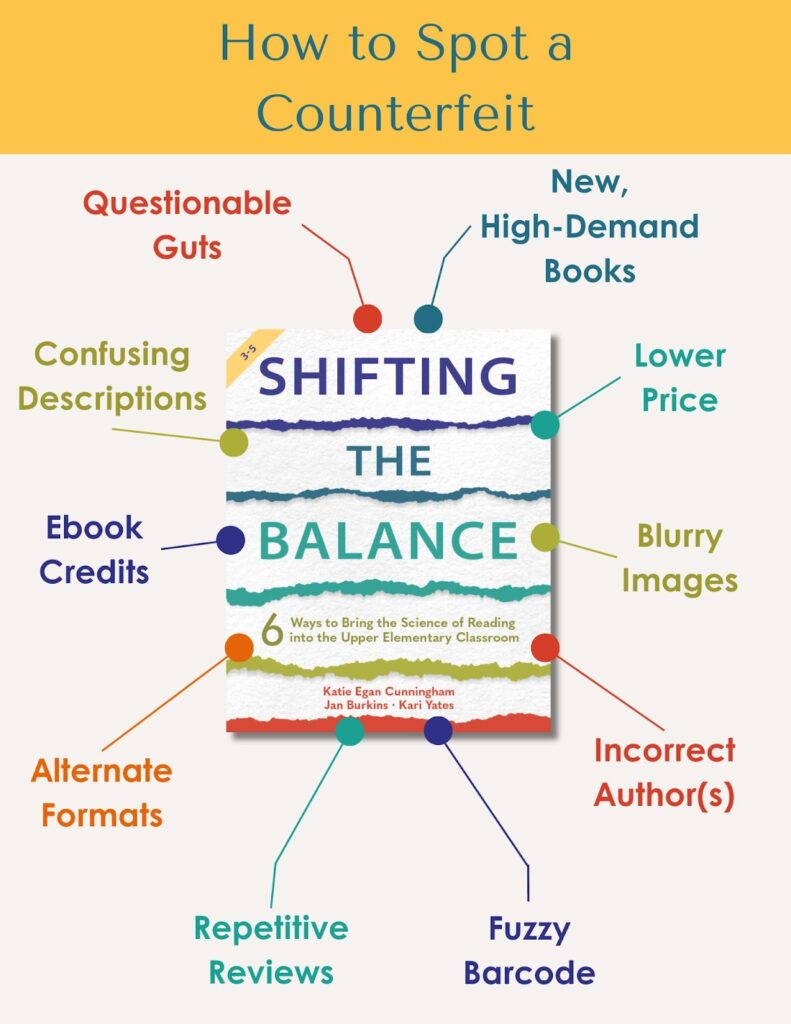
The trickiest part of spotting a counterfeit seller on Amazon or a counterfeit book in your hands is that counterfeiters intentionally try to make their wares look like the real thing. At first glance, it can be difficult to tell the difference between an actual book and a pirated copy, whether you are trying to secure a copy of Shifting the Balance or the latest best-seller. Here are a few things to look for:
1. New and/or High-demand Books
When purchasing any new or high-demand book–not just Shifting the Balance–look carefully at the book, the author, and the seller’s details. If buying from Amazon, ideally, the seller is the product manufacturer (publisher), but the book ships directly from an Amazon warehouse. These details are towards the bottom of the page. Below, you’ll find a picture of the legitimate product details for our 3-5 book. In contrast, counterfeits will have different information in this section.
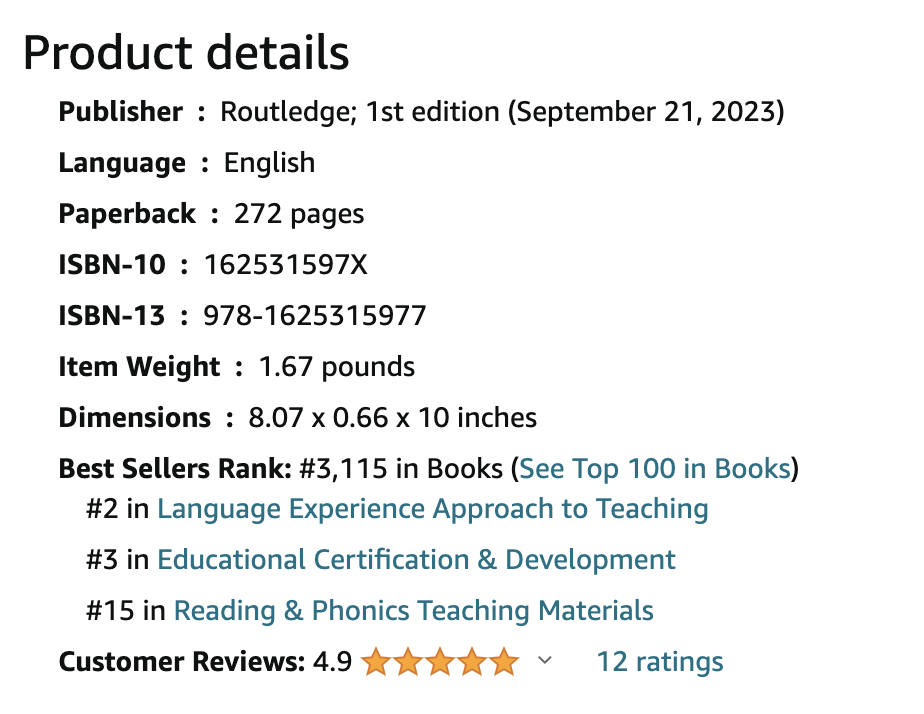
2. Lower Price
By pirating our book covers, counterfeiters intentionally sell books that look just like ours on the outside, but they list them with a sale price that is noticeably lower than our actual books. For example, in the image below, the seller has the book listed for $29.99. At the time, our book was selling for $38.40. Of course, if there appear to be two different prices for the same book, readers who are good stewards of their resources will naturally buy the pirated but lower-priced copy, which almost always has the same outside but different insides.
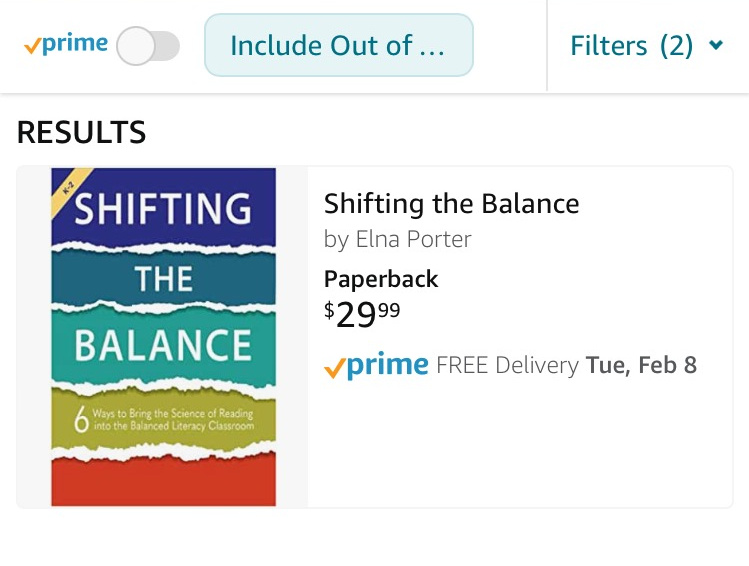
3. Blurry Images or Lack of Color
If you inadvertently purchase a counterfeit, the images inside the text will likely be amok. You may notice a lack of color, blurry photos, crooked pictures, or even a complete absence of images altogether. Counterfeits sell print with very low quality. So, if the interior of your book is all black and white, then you have a counterfeit. Also, images and text may be blurry because counterfeiters print screenshots or pictures of pages. In the image below, notice the blurriness of the cover.
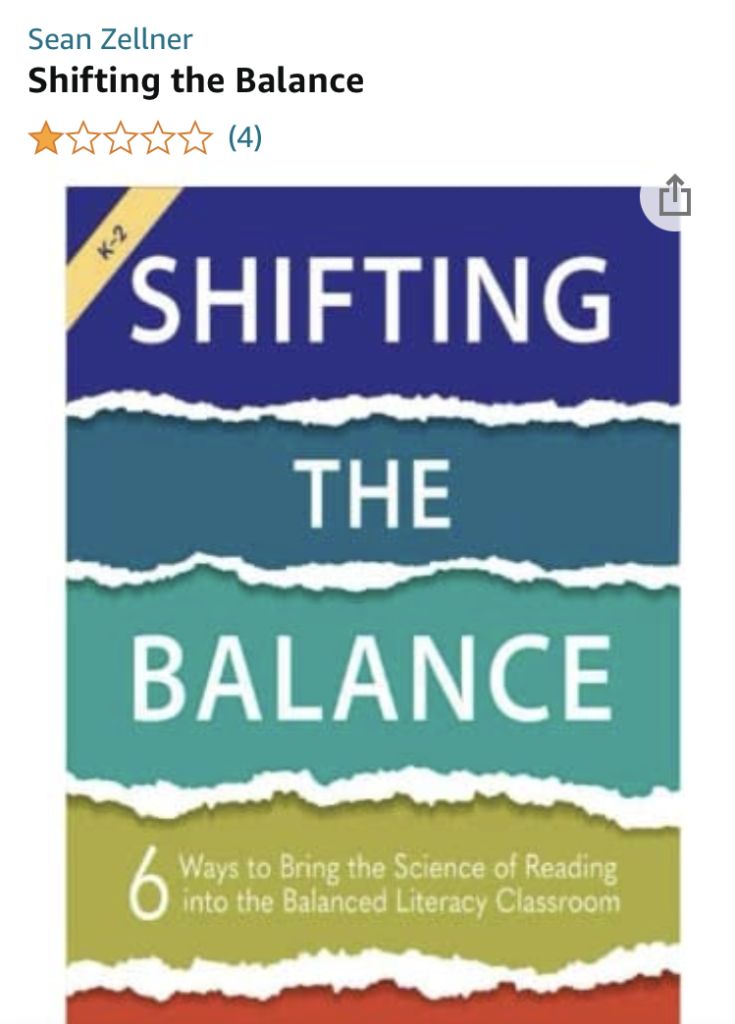
And not only do counterfeiters compromise the art, but some put in new art altogether. They will insert a new cover with the same or a close title–close enough that it pops up in a search for the title but flies a bit below the radar. For example, here’s an interesting version of our first book that targeted people who have heard of the book but haven’t seen the real cover. Notice that the title in the description is correct–Shifting the balance–but it doesn’t match the title on the cover and has inaccurate capitalization. This particular example was a blank book filed under “Personal Journal.”
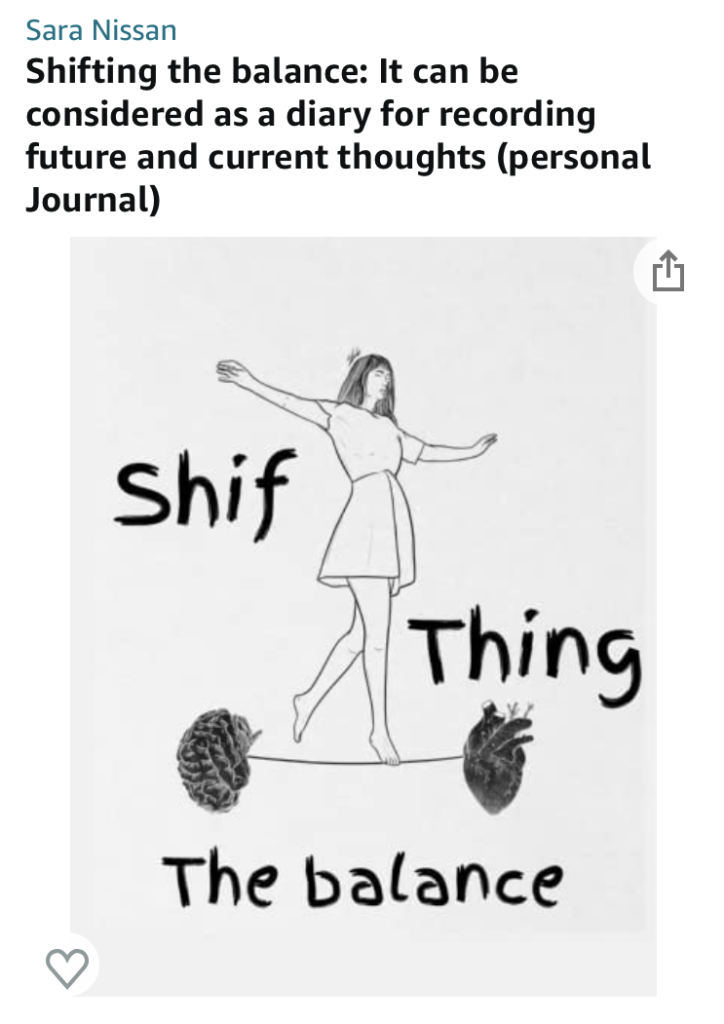
4. Incorrect Author(s)
In the image above, you may also have noticed that the author listed is incorrect. Pirates of intellectual property aren’t into precision, they daily list counterfeits of titles that have the same cover art but different authors. So, an author error on the cover image or the Amazon listing is a dead giveaway that you are looking at a counterfeit. Keep in mind that both Shifting the Balance books have more than one author, so if there is only one author on one of our covers and/or on an Amazon (or other platform) listing (See above with Sean Zellner!), it’s a big ol’ red flag.
5. Fuzzy Barcode
This one is an easy giveaway. If you receive the book and the barcode on the back is blurry, fuzzy, or completely illegible, it’s a fake–100% of the time. If you can read the barcode on your book, compare it to a Google search for the ISBN of the title you meant to purchase. Keep in mind that one book will have different ISBNs for ebooks, hardbacks, audiobooks, etc.
6. Repetitive Reviews or No Reviews
One thing that is hard to fake on Amazon is reviews. Reviews that are entirely repeated or have elements of repetition are not typical for reliable sellers. The time stamps on counterfeit listings may also indicate that the reviews were all posted on the same day or time, which doesn’t make sense. Sometimes people who end up purchasing a counterfeit copy go back to the listing and post a negative review to let people know that the listing is a counterfeit. So if a popular book has all negative reviews, as in the image above, then that is probably purchasers giving you a heads-up.
In contrast, books that sell well will have a lot of varying reviews, especially if they have been out for a while.
7. Alternate Formats
At this point, there are only paperback and Kindle versions of our book legitimately available. So if you see a spiral-bound copy or a hardback version, those are counterfeits. Counterfeiters can attach their versions to the actual, valid listing by adding on a different format, so be wary of any ancillary products available for purchase.
8. Ebook Credits
Counterfeiters sometimes purchase a legitimate e-book of a title, take screenshots (or somehow change the format) of the pages, print a hard copy, and then make pirated copies to sell. If the opening pages of your hard copy have a message that reads something like, “Thank you for purchasing this ebook version of Shifting the Balance,” or features that otherwise indicate that the book you are holding in your hands is a printed copy of a digital book, then you have a counterfeit.
9. Confusing Descriptions
Counterfeiters don’t really understand the content of the book. There isn’t any evidence that they actually read what they are selling! So they don’t know enough about the subject matter to write a relevant book description, or even one that makes sense. So, counterfeit descriptions are filled with errors, incomplete sentences, illogical syntax, and sentences that don’t really say anything. Basically, they sound like a summary written by a middle schooler about an assigned book they didn’t really read 😆. Here is an example of a fake book description of our K-2 book:
“Shifting the Balance” by Jan Burkins and Kari Yates is about changing how we teach education to kids. The authors, talk about improving student education learning by utilizing modern approaches for reading books. They discuss new strategies for arranging the classroom and work to shift the whole education system. This book shows you how to making education better so children do better grades and high test scores.
10. Questionable Guts
Counterfeiters don’t want to spend the money to print a complete copy of the book. In some cases, they don’t even have a copy and insert random pages of unrelated or nonsensical content. If you notice that the content of the book doesn’t relate to the title or described topic, it doesn’t have all the described content (only 4 shifts in a book with a title that describes 6 shifts!), or ends abruptly, then you have a counterfeit. Many of the counterfeits we have encountered were obvious because they were only 75 pages long or had content about a completely different topic. We’ve even heard from teachers who knew it was a counterfeit when they opened their new book with a Shifting the Balance cover, but the pages were from an entirely different book altogether or completely blank. Others, such as those that have a full copy printed from an ebook, are harder to spot.
Who knew, right?! We were completely unaware that this kind of piracy is so widespread. But now that you know, you can keep an eye out for it whenever you buy a book from an online seller. The safest (and least expensive) way to purchase is directly from our publisher, Stenhouse (now owned by Routledge of Francis & Taylor).
These 12 tips aren’t exhaustive. It seems that counterfeiters are working hard to come up with new ways to lure in buyers. There is at least one counterfeit of our new book with Katie Egan Cunningham every week! If you discover that you have purchased a counterfeit, contact the seller immediately and notify the company, such as Amazon. Share as much information as possible, including the seller’s name, the link to the listing, a screenshot, etc.
You can also contact us at CustomerService@TheSixShifts.com if you are in doubt about a listing. Our customer service team can double-check for you and notify our publisher if the listing is actually for a counterfeit version.

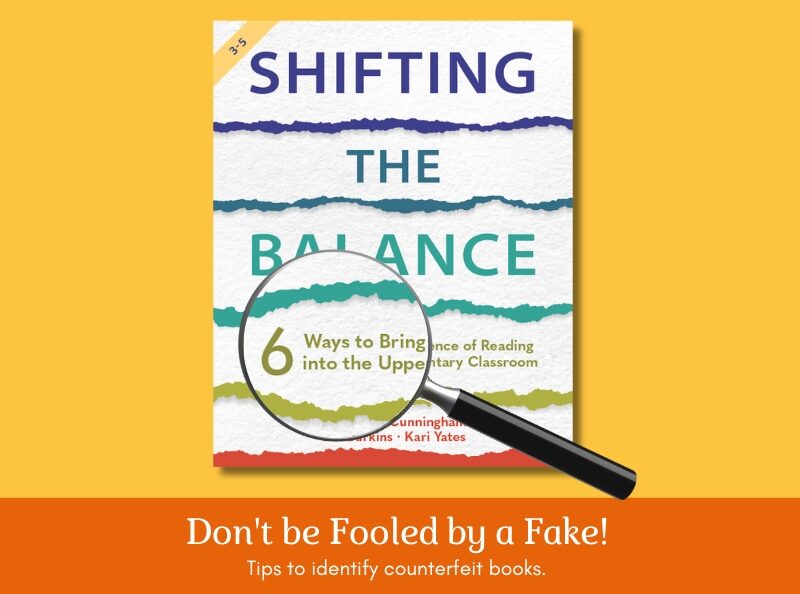

Recent Comments